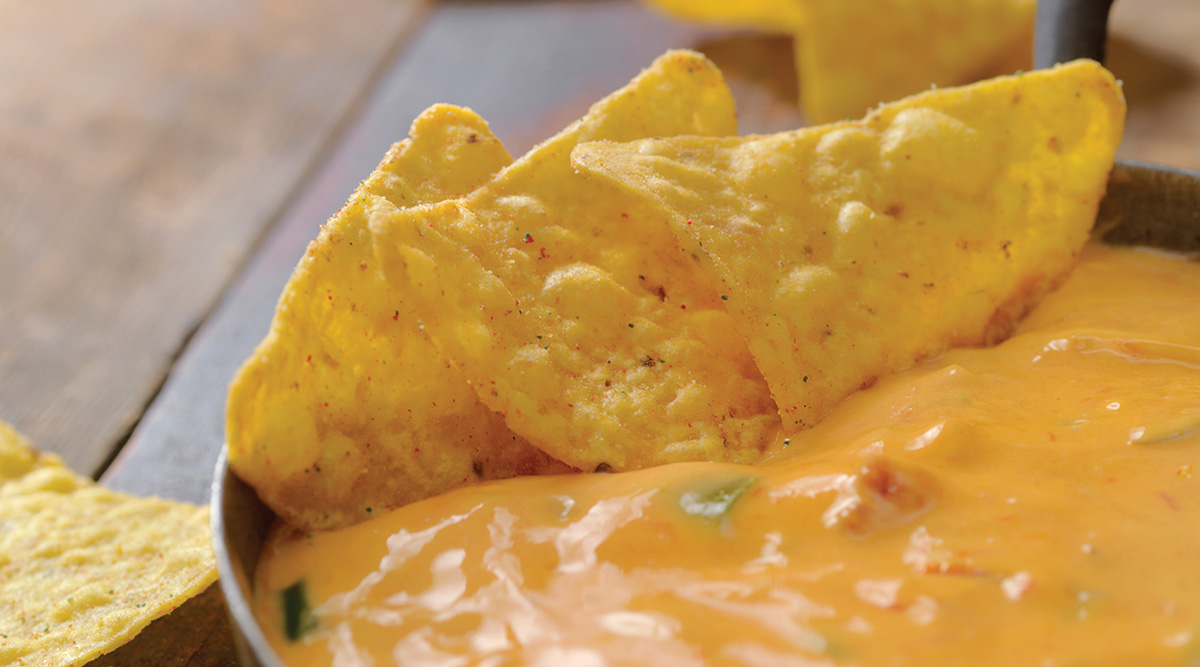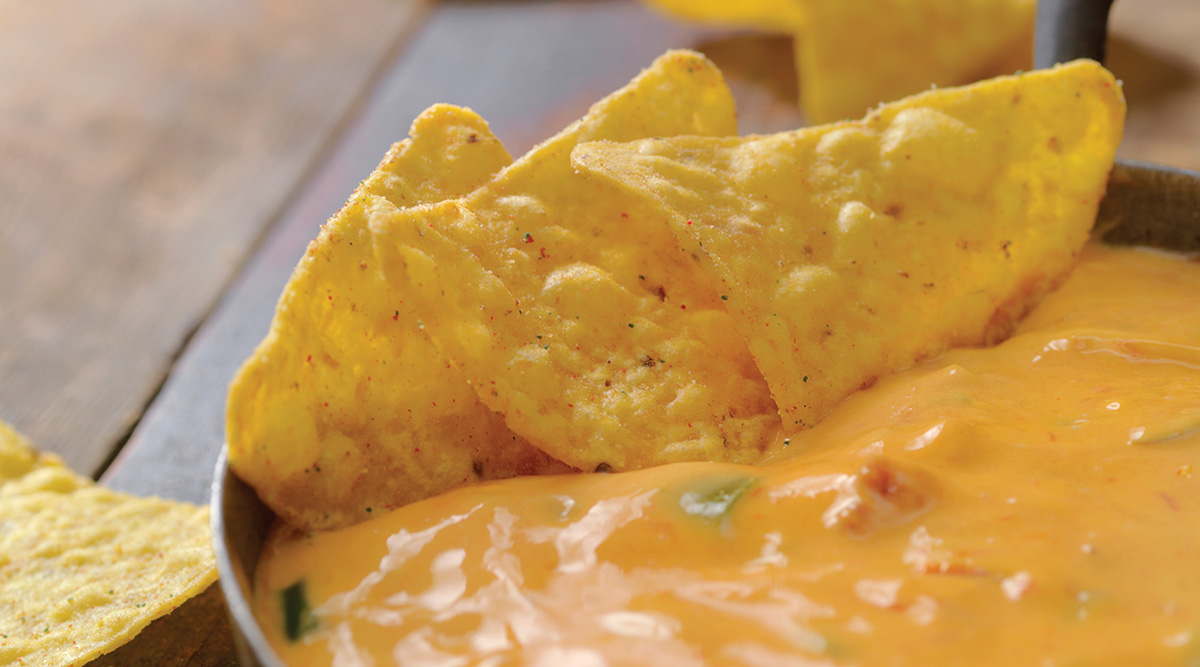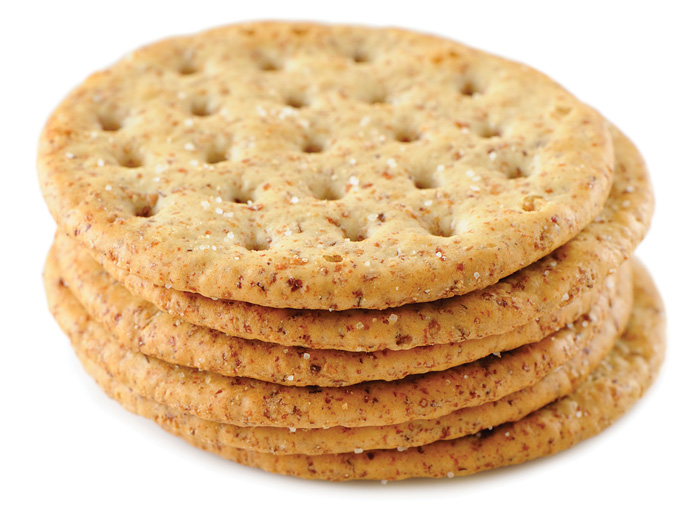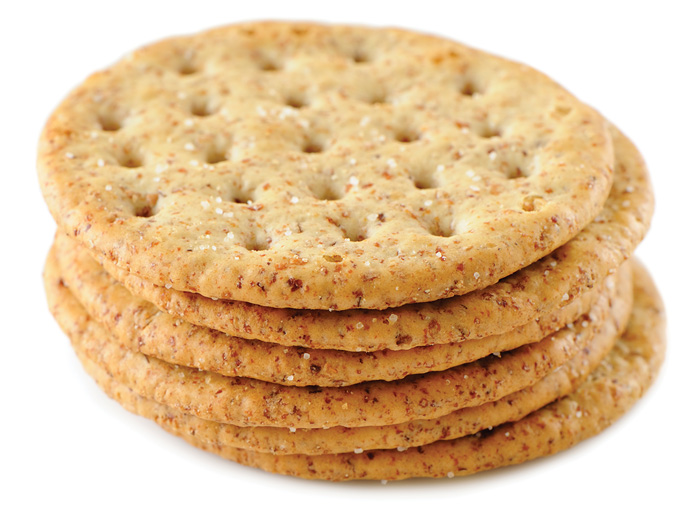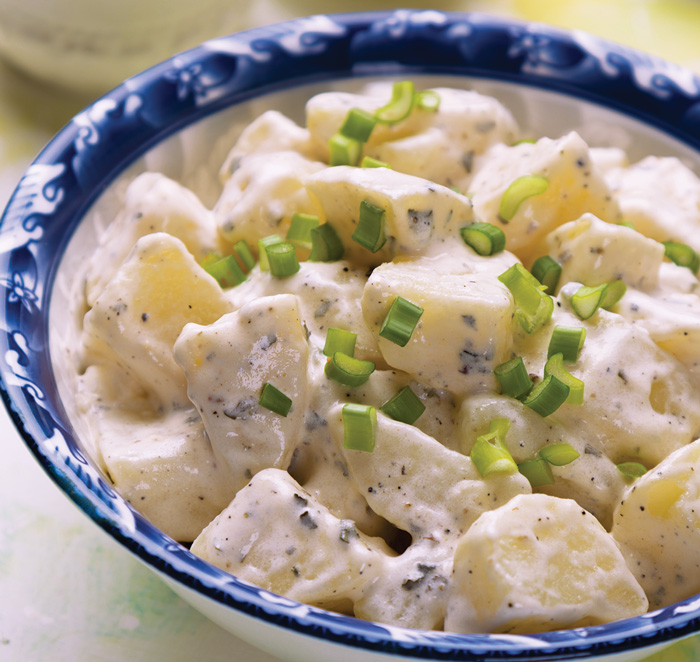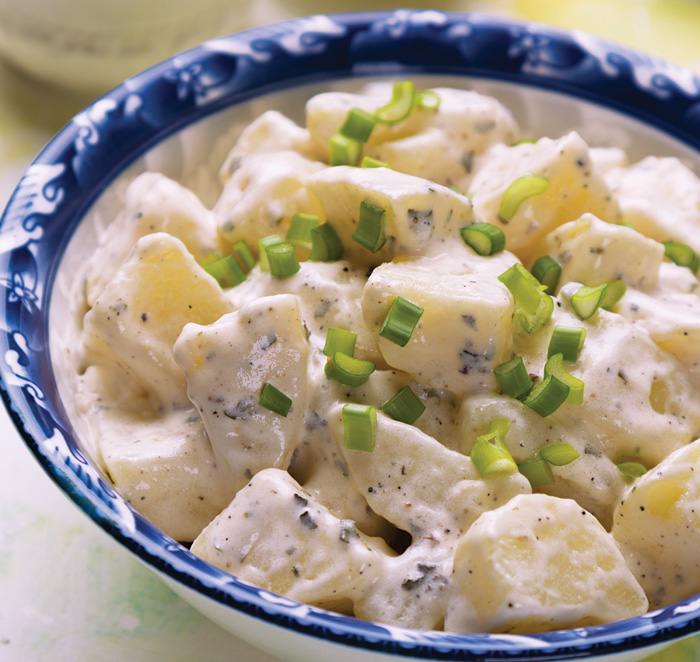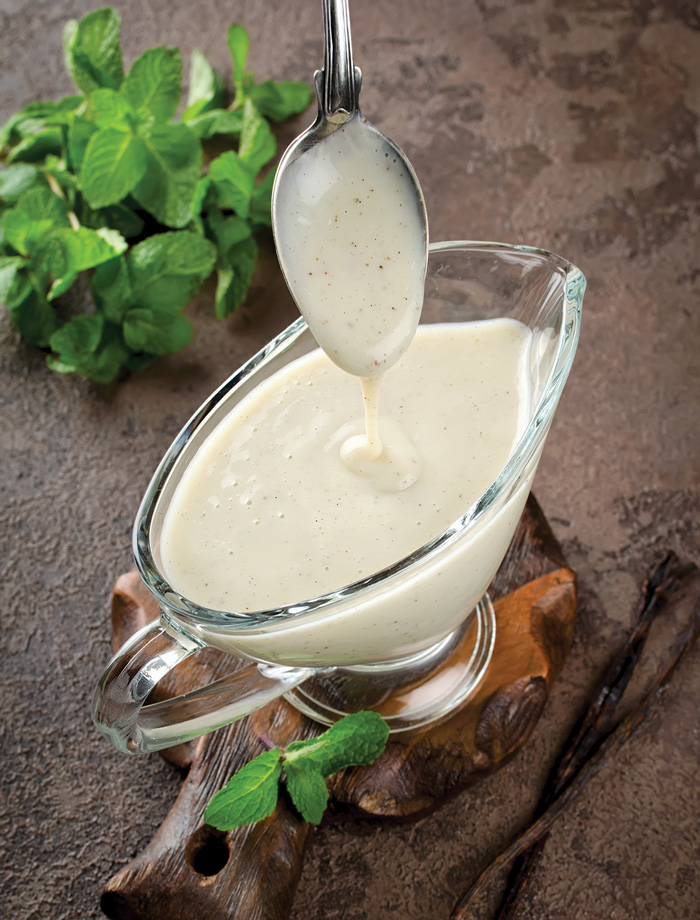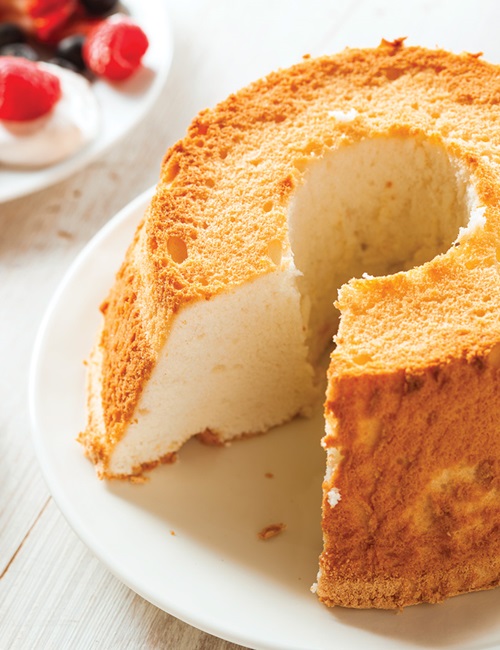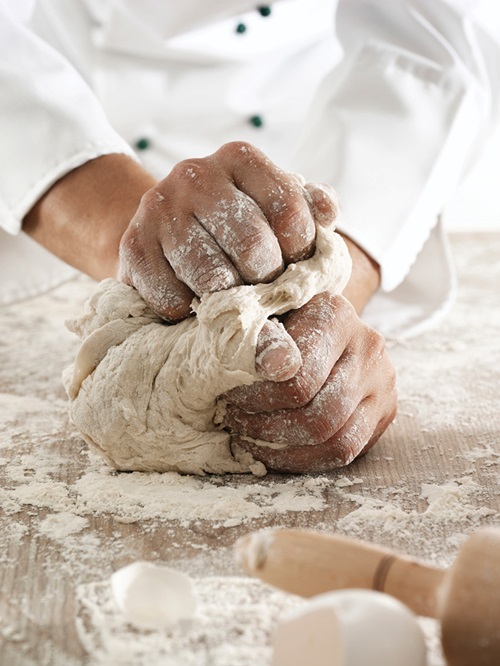Bringing Food Texture to the Forefront
INGREDIENTS
Food texture is a key attribute of foods and beverages—right up there with taste, cost, and convenience. “Texture plays a significant role in how consumers experience the foods and beverages they consume,” says Shiva Elayedath, senior technical services manager with Cargill. “We often think of taste as the key driver, but texture is our first—and often our lasting—impression of the food we eat, and it is deeply entangled within other sensory properties.”
Texture also plays an important role in consumer preferences. The perception of texture goes through several steps, starting with the visual appearance of the food product, and then continues with touch, the first bite, chewing, and swallowing (Dar and Light, eds. 2014). Texture enhances the food sensory experience and is a major feature in food and beverage innovation around the world, says Diana M. Nieto, senior manager, business development, starch-based texturizers at Ingredion, citing information from Innova Market Insights. “However, when consumers are asked about texture, they relate it to taste, aroma, and appearance. According to Ingredion proprietary research, texture impacts other sensory modalities—even if consumers aren’t consciously aware of it. The overall taste experience is influenced by texture when food and beverages are consumed. For example, the sound made when experiencing different textures can affect the perception of taste.”
Calling texture “the backbone of many product formulations,” Nieto says that texture is playing more pronounced roles in product development as the trends around plant-based eating and clean, simple, and convenient foods continue to evolve. “Creating new and just-right textures can be a new territory for product formulators trying to ensure the best eating experience for consumers in changing segments,” she says.
This month’s Ingredients column highlights some of the ways in which ingredient developers are addressing the subject of texture. One key message is, of course, to carefully consider everything that goes into formulating food and beverage products that have the best possible textural attributes to suit consumer preferences. “We eat with our eyes, nose, tongue, and ears, so in order to gain maximum enjoyment and pleasure from our food, all of the sensory attributes must be in harmony,” says Elayedath. “Texture is our physical link with the foods that we eat—whether smooth and creamy or brittle and crispy—textures tell a story and help us to connect with our food.”
Challenges in Texture Development
It can be difficult to take a one-size-fits-all approach when addressing texture. Several factors affect the texture of a finished product: the type of texturizer ingredients used, interactions with other ingredients in the formulation, processing conditions, and how long the shelf life of a finished product is. Food product development experts even point out certain types of products that are particularly challenging when it comes to creating the most optimal texture.
For Mabel S. Chacko, project leader, commercial innovation acceleration at Ingredion, vegan cheese is one of the most difficult applications to formulate. This is because developing vegan cheese requires that dairy-based ingredients such as casein and milkfat be removed, she says, which means that other ingredients need to be used to provide the functionalities that dairy-based ingredients provide. Take casein, for instance. It helps with gelling, emulsification, viscosity, stretch, melt, and flexibility. If that wasn’t enough, it also contributes to the protein content. “Removing casein typically requires a combination of stabilizers, potentially proteins and fibers, to mimic the texture it imparts,” says Chacko. Like casein, milkfat provides multiple functions in cheese, including structure, mouthfeel, flavor, and even color. “While there are several individual ingredients that can replace different attributes imparted by casein and milkfat, the main challenge becomes finding the right combination and balance of these ingredients to achieve a finished product acceptable to consumers. Even more challenging in the vegan cheese space is producing alternative dairy cheese that is clean label or high in protein content.”
Cargill’s Elayedath says that some of the most challenging applications are those that require solutions to preserve texture over shelf life, especially when the product is stored under refrigeration or freezing conditions. “For example, frozen products go through multiple freeze-thaw cycles,” he says. “Under normal conditions, these temperature swings will completely change a product’s texture.” In this case, starches help to maintain the texture of the product despite the freeze-thaw cycles and are used along with other hydrocolloids to maintain the product’s texture over shelf life.
Speaking of hydrocolloids, this group of functional ingredients provides stability and texture to food by interacting with water to form a gel or thicken up a food product, depending on the application, says Iliana Nava, senior technical service specialist at Cargill. Gelling contributes to elasticity and cuttability while thickening contributes to textural attributes, such as mouthfeel and creaminess, she explains. “All of these textures provide different eating experiences to consumers and can positively affect their perception of regular food products or of those that are reduced in fat or sugar.” One thing to keep in mind when using hydrocolloids is that they need to be properly dispersed and hydrated to ensure consistency in texture, shelf-life stability, and overall functionality, says Nava. “As a result, a detailed understanding of the process, formulation, and end results is recommended to ensure product developers select and work with the right ingredient,” she says.
Texture Science Insights
Scientists at ingredient companies are taking deeper dives into investigating the mechanisms behind the science of texture, allowing them to develop more sophisticated ingredients to improve the textural attributes of food and beverage products.
Tate & Lyle, for example, devotes resources to researching the science of texture to advise and guide its customers in this area, which is not as well understood as other formulation areas are, says Judith Whaley, senior vice president, global R&D, innovation & commercial development. To this end, she says that the company has invested in developing its Texture-Vantage Expert Systems, a set of tools that allows food formulators to predict the performance of different texturants and to select the right one for their purposes. “Over time, our research has enabled us to expand these capabilities through mathematical modeling, specific application maps, and starch selection charts that we have developed based on our research,” she says. Tate & Lyle is also sharing this expertise and helping to bring the science from its labs to its customers through its Texture University webinars, says Whaley. “This program has been well received in the market, with active participation on all continents, from the largest food and beverage manufacturers to the smallest startups.” A few of the topics covered in the web series are formulating with cook-up starch thickeners, discovering gelling starches, and formulating with film-forming starches.
Companies are also investigating the nuances of specific categories of texturizers. Cargill, for one, is expanding the knowledge base of the texturizing capabilities of certain types of starches. “For years, modified starches were the workhorses of the starch world. Affordable, reliable, and highly functional, they were designed to stand up to the challenges of modern food processing,” says Elayedath. “But today’s label-conscious consumers are increasingly attracted to simple ingredients like basic starches.”
The experts at Cargill learned how to get more from these “tried-and-true ingredients,” explains Elayedath, going back to the basics to study and quantify the attributes of each individual starch in the company’s portfolio. “Since Cargill began experimenting with different starch blends from various botanical sources, we’ve found native starches can do more than we ever imagined, especially if we blend two or three together. By gaining greater insight into the structure and unique properties of each of our starches, we learned how they best work together.” He adds that they are also using basic processing techniques like controlling moisture and heat “to create more robust starch solutions that better withstand harsh processing conditions, yet still appear on ingredient statements as plant-sourced starches.”
Consumer insights also play a role in the development of texturizers. Ingredion in 2018 conducted proprietary research with 1,500 participants to gain a better understanding of consumer textural preferences and ingredient acceptance for crackers, tortilla chips, and fabricated potato chips and to identify unmet needs per food category, says Nieto. “The study concluded that crispiness and crunchiness are the most important textures across the three categories: crackers, tortilla chips, and baked potato chips,” she adds.
Nieto points out several more insights into consumer texture preferences from the research that food manufacturers may want to consider in their own food formulating efforts. First, data about texture preferences of crackers show that nine in 10 consumers said that the eating experience is a top priority when purchasing crackers. And as far as those crackers are concerned, 83% of consumers said that it’s at least somewhat important that their crackers have minimal breakage. “This could be a differentiator as most consumers think some brands of crackers break more easily than others,” says Nieto.
When considering the texture of tortilla chips, thinner is better as thinner tortilla chips are 54% more popular than thick ones, according to Ingredion’s research. Also, the same number of consumers want a quiet snap while eating as want a loud snap with every bite. Finally, consumers want a lot of crunch and crispiness with baked potato chips. Flavor selection is a priority when purchasing these types of chips.
To modify or create customized textures in sheeted snacks, Nieto points to Ingredion’s PENPURE 85D potato starch and the PRECISA Crisp series of starch texturizers based on corn, tapioca, potato, and sago starches. “Whether customers are seeking to reduce breakage or cost; need to achieve the perfect crispiness in vegan, high-protein, or gluten-free snacks; or want to tune your snack textures to take on the market leaders, the PRECISA Crisp and PENPURE 85D texturizers can help,” says Nieto. These ingredients are said to improve dough cohesiveness and sheetability and bind moisture during mixing. They can also help to produce light and crispy or hard and crunchy textures and reduce breakage and improve chip retention.
Ingredion’s portfolio of texturizers runs deep and includes some that go beyond improving the crispy and crunchy textures in snack food such as crackers and tortilla chips.
Plenty of consumers crave foods with creamy, indulgent textures, and Ingredion’s PRECISA Cream 10 texture system and N-DULGE C1 modified starch co-texturizer promise to bring optimal creaminess to products. PRECISA Cream 10 is based on modified food starch. Nieto points out that it is resistant to high temperature, high shear, and low pH and that it is designed for use in applications processed under harsh conditions, such as high temperature short time and retort processes. Ingredion also promotes the ingredient’s ability to bring creaminess and viscosity to dairy products, particularly yogurt applications and creamy sauces, soups, gravies, and canned food systems where a fat mimetic mouthfeel is wanted. N-DULGE C1 modified starch is made from tapioca that is said to give dairy products a rich, indulgent texture that includes enhanced mouth coating and improved organoleptic textural attributes.
Clean Label Texture Ingredient Solutions
Finally, there’s the much-discussed subject of clean label (or label friendly) and how it has affected the development of texturizers. “With 76% of consumers globally claiming to read ingredient labels, it is critical that food and beverage manufacturers offer clean label products that consumers can trust,” says Tate & Lyle’s Vicky Stencel, global marketing director, texturants, citing proprietary research from both her own company and Lightspeed/Mintel.
To address the needs of food manufacturers looking to give label-conscious consumers products that they desire, Tate & Lyle continues to invest in its CLARIA line of functional starches and add Non-GMO Project Verified ingredients to its portfolio. Tate & Lyle in March expanded the CLARIA clean label starch line to include CLARIA EVERLAST, which Stencel says solves formulation challenges related to refrigeration and maintaining stability following freezing and thawing in products from categories such as frozen meals, gravies, sauces, yogurts, and more. CLARIA EVERLAST joins other CLARIA starches, including cook-up and instant starches made from both corn and tapioca starches. It can be labeled as either “corn starch” or “tapioca starch” and is said to have a clean taste, neutral color, and process tolerance. Like all the CLARIA ingredients, CLARIA EVERLAST is not genetically modified, says Stencel.
Ingredion, too, has concentrated efforts on texture research, developing many clean label texture solutions, including starches and flours. “Using our NOVATION functional native starches and HOMECRAFT multifunctional flours, our product development teams and technical experts are able to help food manufacturers close some of the existing gaps of matching modified food ingredients to ones that are clean label,” says Yeni E. Peña, manager, business development, clean and simple ingredients, at Ingredion. The company uses consumer research data to explore, research, and test simpler, functional, and innovative ingredients, says Peña, and from this it has developed its newest ingredient in the clean label texturizer/stabilizer space, an emulsifier called EVANESSE CB6194. The ingredient, which was released in early 2020, is a chickpea broth—the viscous liquid from cooking chickpeas (often referred to as aquafaba)—that contains carbohydrates, proteins, and other plant solids, according to the company. It is labeled as “chickpea broth (water, chickpea).” The brownish-yellow liquid has a couple of specific functions that food manufacturers will find useful. It can mimic the functionality of eggs in applications like dressings, meringues, and vegan mayonnaise where emulsification or foaming is needed, and it emulsifies and stabilizes systems like dressing and sauces that have high oil content and a range of pH levels, reports the company. Other basic functionalities of EVANESSE CB6194 that Ingredion highlights are that it is heat-, freeze-, and thaw-stable; provides a comparable mouthfeel and texture to traditional emulsifiers in both high- and low-fat formulations; is easy to disperse; and has good shelf-life stability in many applications.
Cargill’s Elayedath points to the company’s label-friendly solutions in its SimPure line of functional native starches, which the company reports are not modified with chemicals. The first starch in the SimPure line addressed the effects that freeze-thaw cycles have on starches. Traditional native starches break down and release water—turning creamy sauces into gloppy messes—as they are frozen, thawed, and refrozen during a product’s shelf life, says Elayedath. The scientific analysis into the structures and properties of starches led the scientists to find a starch that could withstand the multiple freeze-thaw cycles by firmly holding onto water. “While it couldn’t replace all of the functionality of a modified starch by itself, it offered a promising start. From there, we went back to our data and found another starch from a different botanical source that delivered the viscosity, texture, and shelf-life stability we needed.” Finally, Elayedath adds that months of analytical and sensory work led to the development of SimPure 99560.
SimPure 99560 is part of Cargill’s SimPure 99500 series of starches. They are primarily potato-based, though Elayedath says some are blends of both potato and tapioca starches. They are said to function in mild-to-moderate process-tolerant applications, such as frozen meals, bakery, dehydrated soup and sauce mixes, and some meat applications. Starches in the more recently developed SimPure 99400 series are made from waxy corn, have moderate-to-high process tolerance, and work in applications such as high-heat retorted products, acidic products, and high-shear applications like dairy, says Elayedath.
Next month’s Ingredients section will feature ingredient developments from a range of companies.
REFERENCES
American Egg Board. 2019. A Dozen (Or So) Questions to Ask About Real Eggs in Your Formulation. American Egg Board, Chicago. aeb.org.
Dar, Y. L. and J. M. Light, eds. 2014. Food Texture Design and Optimization. West Sussex, UK: John Wiley & Sons Ltd.


